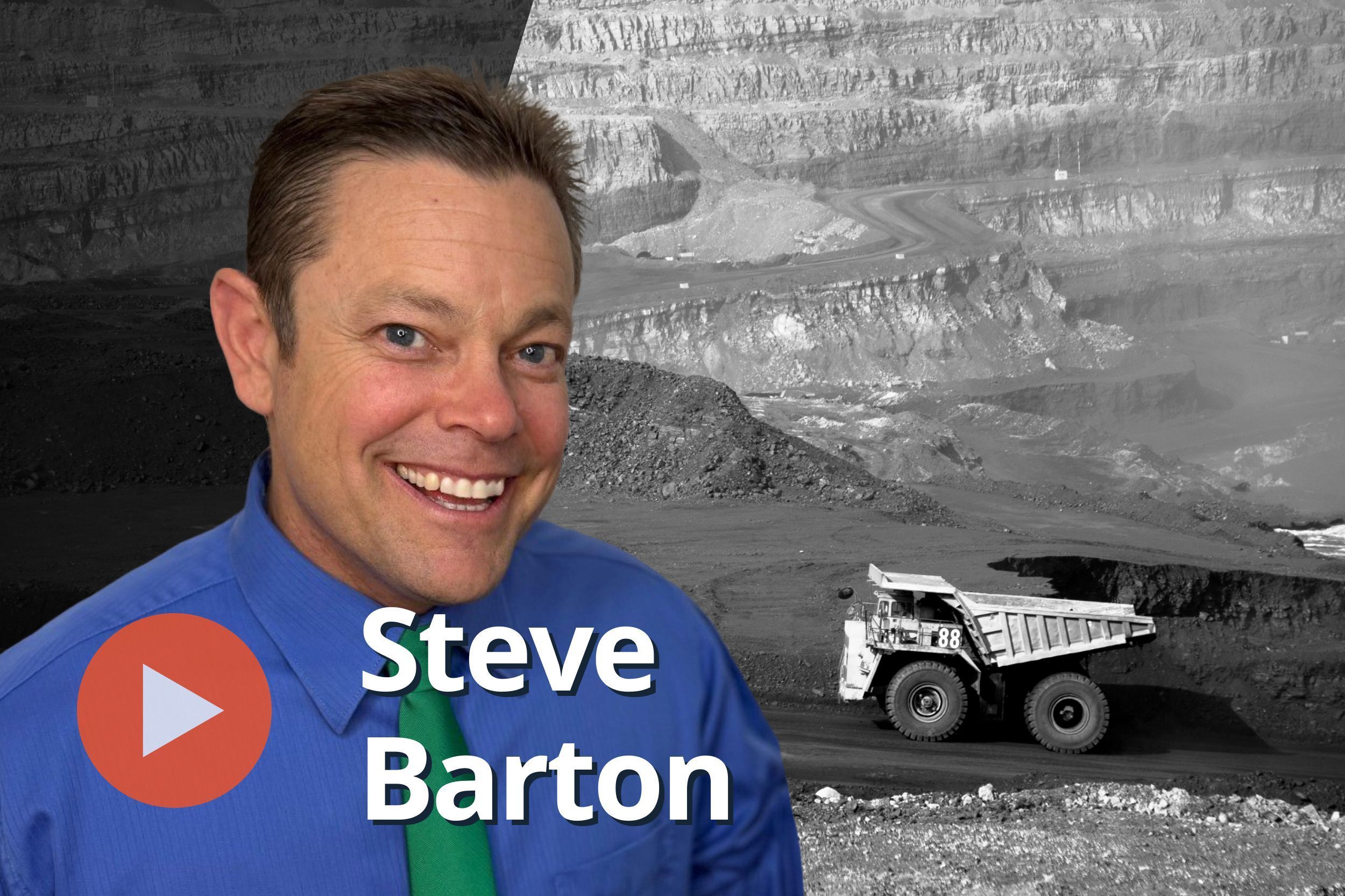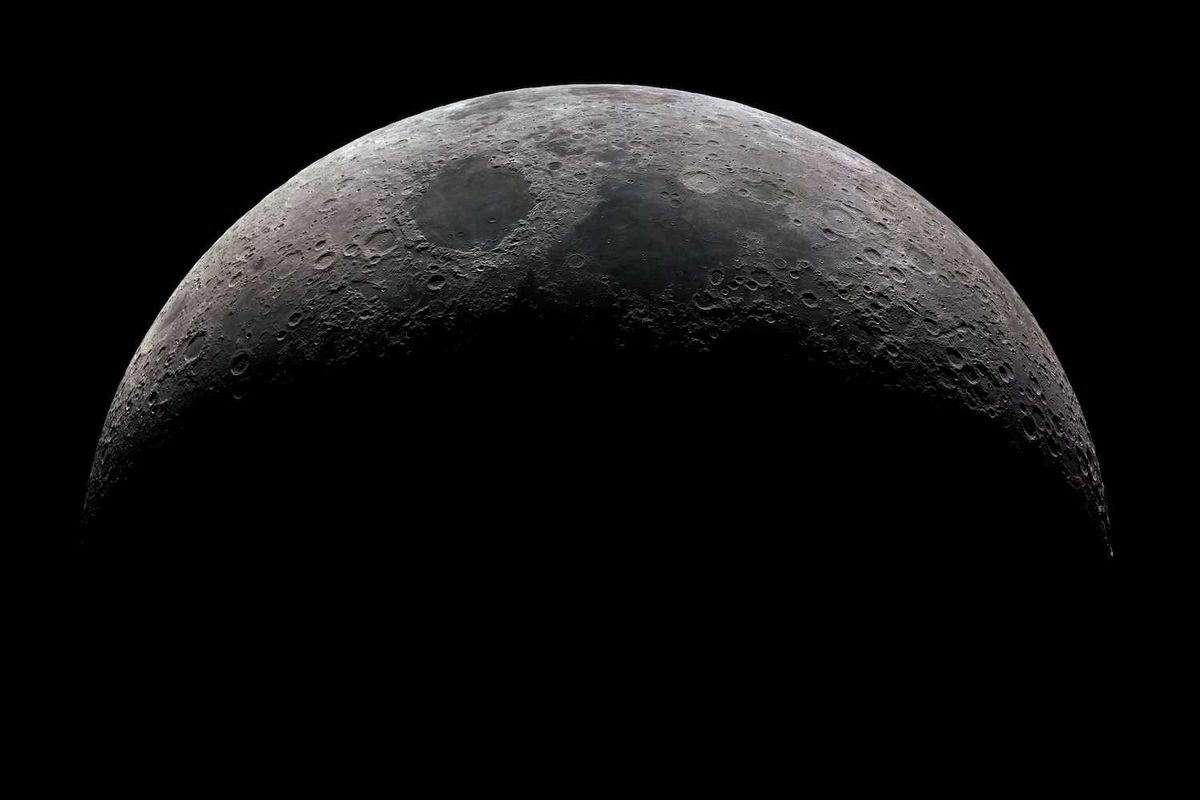
March 17, 2025
European Lithium Ltd (ASX: EUR, FRA:PF8, OTC: EULIF) (European Lithium or the Company) is pleased to publish for the first time, historical deep diamond drill holes DDH 7-14 drilled in 2007, and DX-01 drilled in 2010 from the Tanbreez Project in Greenland.
Highlights - Diamond Drill Hole Historical Results
Drill hole DX-01 was successfully drilled vertically to 338m from surface and intersected high - grade rare earths and oxides averaging:
- 4209.22ppm (0.42% TREO) (“including averaged heavy rare HREO of 24.45%”),
- 2.45% ZrO2 “zircon oxide” cut off at 0.5%,
- 73ppm Ta2O5 “tantalum pentoxide”,
- 1174.06ppm Nb2O5 “niobium pentoxide”,
- 266.45ppm HfO2 “hafnium oxide”,
- 103.03ppm Ga2O3 “gallium oxide”,
- Mineralisation average from surface to 338m downhole.
Diamond Drill hole Drilled DX-01 was drilled to 338m depth within the Hill Zone 22MT @ 0.38% REE Maiden Mineral Resource (13 March 2025 ASX Announcement 45MT @ 0.38% TREO).
Drill hole D7-14 was successfully angle drilled at 15⁰ east to 243m from surface and intersected high-grade rare earths mineralisation averaging:
- 4437.54ppm (0.44% TREO) (“including averaged heavy rare HREO of 28%”),
- 1.78% ZrO2 “zircon oxide” cut off at 0.5%,
- 83ppm Ta2O5 “tantalum pentoxide”,
- 1496ppm Nb2O5 “niobium pentoxide”,
- 351ppm HfO2 “hafnium oxide”,
- Ga2O3 “gallium oxide” was not assayed,
- Mineralisation average from surface to 243m downhole.
See drill hole collars Figure 1 and assay reports Appendix 1, 2 and 3.
European Lithium currently holds a 7.5% direct interest in the Tanbreez Project. By way of background, European Lithium first acquired a 5% interest in Tanbreez Mining Greenland A/S (Tanbreez) on 3 October 2022 and acquired a further 2.5% interest in Tanbreez on 6 February 2023 from the privately owned Australian company Rimbal Pty Ltd (Rimbal). At this time, the investment of 7.5% in Tanbreez was not considered material to the Company and as such the historical drill hole data and results was not disclosed at the time of acquiring an interest in Tanbreez. In June 2024, Critical Metals Corp. (NASDAQ: CRML) entered into the Heads of Agreement with Rimbal to acquire up to 92.5% in Tanbreez and have completed the initial investment and stage 1 interest to hold a 42.0% interest in Tanbreez. As of the date of this announcement, European Lithium and CMC hold a combined interest of 49.5% in Tanbreez. European Lithium is CMC’s largest shareholder and as such now considers the Tanbreez Project to be material and as a result is announcing historical data and information in this announcement.The Company recently announced its Maiden Mineral Resource Estimate (MRE) for the Tanbreez Project of 45MT containing 0.38% TREO including 27% contained HREO plus rare metal oxides (see ASX Announcement 13 March 2025).
The Company is awaiting assay results from the September-November 2024 confirmation drilling program comprised of sixteen holes, with the first hole A1-24 reported January 2025, and will publish the remaining 15 diamond drill hole assay results when they become available.
The drilling results from A1-24 drilled 2024 (ASX Announcement 20 January 2025) confirmed a significant 40m deep intersection from outcropping surface mineralisation of high-grade rare-earth oxide averaging:
- 4,722.51ppm (0.47%TREO) (including 26.96% averaged heavy rare earth (” HREO”),
- 1.82% ZrO2 “zircon oxide”,
- 130.92ppm Ta2O “tantalum pentoxide”,
- 1852.22ppm Nb2O5 “niobium pentoxide”,
- 393.68ppm HfO2 “hafnium oxide”,
- 101.67ppm Ga2O3 “gallium oxide”.
The assay results from historical deep diamond drill holes DX-01 and D07-14 (that were drilled by Rimbal P/L in May 2007 and 2010) confirm similar average grades to drill hole A1-24
Commenting on the assay results, Tony Sage, Executive Chairman of the Company, said:
”It’s exciting to report on the outstanding assay results from historical deep drilling which may confirm high-grade, high tonnage potential that extends a lot deeper than was originally expected for the Tanbreez Project”
“After recently announcing the MRE of ~45MT of REE’S @ 0.38% and other rare earth metals, the highly experienced team we have recently assembled, is moving quickly to measure the true potential of the Tanbreez Project that is also gaining significant interest from Western Governments.
“The team is now working through more of the historical data (which contains over 400 holes and 3cc,000 samples) of which most have never been made public. Some of this data is over 22 years old, so by using modern technology to decipher the $45 million of expenditure spent by Greg Barnes, it will add significant value to Tanbreez Project’s long term success”
Click here for the full ASX Release
This article includes content from European Lithium, licensed for the purpose of publishing on Investing News Australia. This article does not constitute financial product advice. It is your responsibility to perform proper due diligence before acting upon any information provided here. Please refer to our full disclaimer here.
EUR:AU
The Conversation (0)
07 September 2023
European Lithium
Developing the Advanced Wolfsberg Lithium Deposit in Austria
Developing the Advanced Wolfsberg Lithium Deposit in Austria Keep Reading...
27 August
CRML signs LOI Offtake Agreement with UCORE (DOD Funded)
European Lithium (EUR:AU) has announced CRML signs LOI Offtake Agreement with UCORE (DOD Funded)Download the PDF here. Keep Reading...
20 August
Outstanding New 2024 Diamond Drill Results Tanbreez Project
European Lithium (EUR:AU) has announced Outstanding New 2024 Diamond Drill Results Tanbreez ProjectDownload the PDF here. Keep Reading...
30 July
Quarterly Activities Report and Appendix 5B
European Lithium (EUR:AU) has announced Quarterly Activities Report and Appendix 5BDownload the PDF here. Keep Reading...
24 July
EUR Sells 0.5m CRML Shares for U$1.8m (A$2.7m)
European Lithium (EUR:AU) has announced EUR Sells 0.5m CRML Shares for U$1.8m (A$2.7m)Download the PDF here. Keep Reading...
09 July
EUR Sells 0.5m CRML Shares for U$1.625m (A$2.5m)
European Lithium (EUR:AU) has announced EUR Sells 0.5m CRML Shares for U$1.625m (A$2.5m)Download the PDF here. Keep Reading...
01 December
Australia Minerals Council Blasts EPBC Bill’s Lack of Environment and Mining Balance
“The deal between the Federal Government and the Greens to pass the Environment Protection Reform Bill 2025 and related bills is an inferior and disappointing outcome which fails to strike the right balance between protecting Australia’s unique environment while enabling responsible and... Keep Reading...
28 November
Completion of the Acquisition of the Webbs Consol Silver Project
Rapid Critical Metals Limited (‘Rapid,’ ‘RCM’ or ‘Company’) is pleased to announce that it has completed the acquisition of the Webbs Consol Silver Project (Webbs Consol) in northeast New South Wales, comprising EL 8933 and EL 9454 from Lode Resources Limited (ASX: LDR) (Lode Resources). The... Keep Reading...
19 November
Red Mountain Mining Successfully Lists on the US Stock Market with a Strong Trading Debut Up 36%
Red Mountain Mining Limited (ASX: RMX, US CODE: RMXFF, or “Company”), a Critical Minerals exploration and development company with a growing portfolio in Tier-1 Mining Districts in the United States and Australia, is pleased to announce that RMXFF successfully commenced trading on the OTCQB this... Keep Reading...
18 November
Steve Barton: Mining Stocks — How I Pick Winners, When to Buy and Sell
Steve Barton, host of In It To Win It, shares how he picks mining stocks, running through his initial screening process for companies, as well as the questions he asks CEOs.He also explains how he decides when to buy and when to sell.Don't forget to follow us @INN_Resource for real-time... Keep Reading...
10 November
Lunar Mining Set to Favor Established Miners Over Startups, Analyst Says
As humanity edges closer to mining the moon, industry analysts warn that established mining companies, not venture-backed space startups, may dominate the emerging lunar resource sector. The space mining market, projected to reach US$20 billion by 2035, has attracted significant attention from... Keep Reading...
31 October
Red Cloud Announces Keynote Lineup and Agenda for 2025 Fall Mining Showcase
Red Cloud is excited to announce the agenda and keynote lineup for its annual Fall Mining Showcase, taking place November 4 & 5, 2025 at the Sheraton Centre Toronto Hotel. This flagship event will bring together over 80 mining and exploration companies, along with leading investors, analysts,... Keep Reading...
Latest News
Latest Press Releases
Related News
TOP STOCKS
American Battery4.030.24
Aion Therapeutic0.10-0.01
Cybin Corp2.140.00






